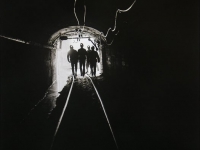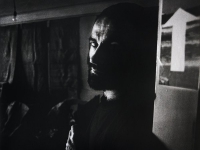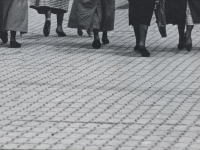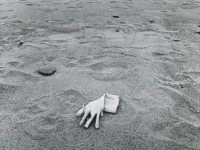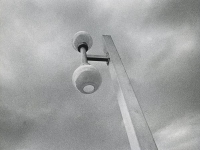During its entire socialist history, there were no permanent courses in photography in any of the art institutions in Armenia and only the Institute of film and theatre ran photographic workshops, designed exclusively for future cinematographers. So like many other photographers who started working professionally in Soviet Armenia, Gagik Harutyunyan largely taught himself on the job.
He began as a correspondent of ‘Komsomolets’ newspaper in 1970. This soon led to a job at the ‘Organisation of friendship and cultural ties with foreign countries’. This enviable position allowed Harutyunyan to travel quite extensively in Europe and even Africa . A large number of photographic assignments resulted and were regularly published in practically all the major Armenian journals such as ‘Sovetakan Hayastan’, ‘Armenia Today’ and ‘Garun’. He is one of the very few Soviet Armenian photographers to have opened solo shows devoted to artistic photography (in 1977, 79, 80, 85).
While Harurtyunian has photographed practically all aspects of life in Armenia, his favoured subject was unquestionably the Armenian village and its inhabitants. Seen today many of his photographs from the 70s and 80s seem idyllic and almost over-romanticised. But the view of life as it appears in his 1980s series ‘Village sketches’ was perhaps not that far from reality. By all accounts, Armenia and its rich villages was one of the happier places to be in the USSR. The dramatic landscape and colourful characters he found in some of the most remote corners of the country only emphasised the lyrical quality of his work.
Distancing himself from any overt political or analytical commentary, Harutynian remains a subtle photographer nevertheless. His interest lies in the small ironies and moments of life that are recurring, overreaching and all-embracing across generations and social groups. As a master of the documentary strand of photography, his approach is marked by a close engagement, understanding and deep sympathy for his subjects. The gentle poetry of his photographs draws the viewer into their worlds both emotionally and imaginatively.





